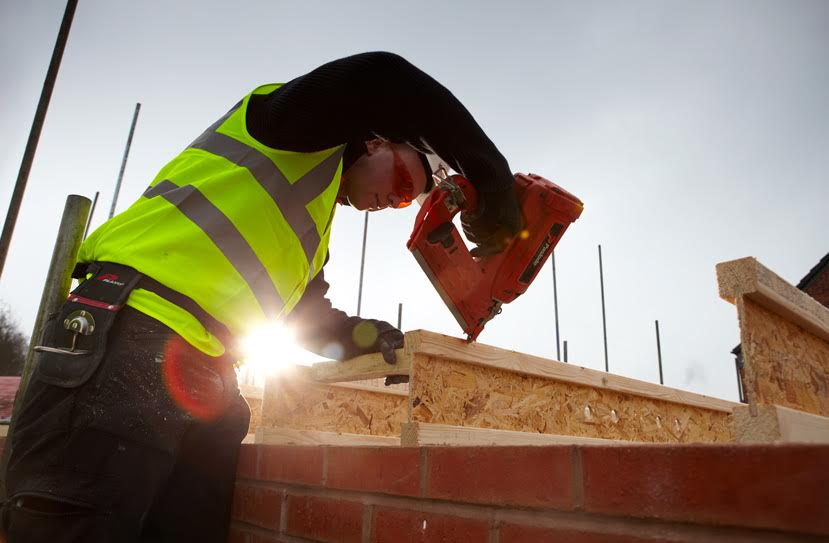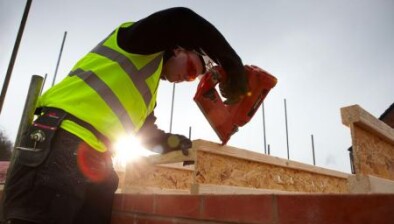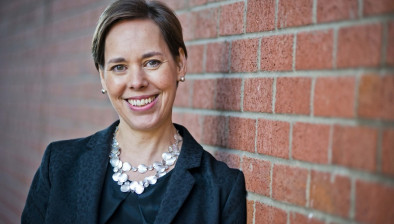New home starts and completions suffer double-digit fall

There was a 12% decrease in all sector housebuilding starts and a 10% decrease in completions between 2023 and 2024, new Scottish Government statistics have revealed.
According to the Housing Statistics for Scotland Quarterly Update, there were 19,828 homes built and 14,768 new builds started in the 12 months ending September 2024. All sector completions and starts were 10% and 12%, respectively, lower than the previous 12 months.
The private sector built 15,056 homes and the social sector built 4,772 homes. In terms of starts, building work on 11,697 was started by the private sector and 3,071 homes by the social sector.
Excluding 2020 (where Covid-19 impacted housebuilding), private sector completions were the lowest since the year to end of September 2018 and starts were the lowest since the year to end of September 2013. In the social sector, completions were the lowest since the year to end of September 2017 and starts alongside the previous year, were at the joint lowest level over the past 20 years.
In terms of the Affordable Housing Supply Programme, in the year to the end of September 2024, there were 6,682 approvals, 5,925 starts, and 8,413 completions of affordable homes. The number of completions and starts were down by 22% (-2,373 homes) and 8% (-514 homes) respectively compared to the year to end September 2023. However, approvals increased by 9% (524) between 2023 and 2024 (year ending September).
By September 2024, 24,382 affordable homes have been completed towards the Scottish Government’s affordable housing delivery target to deliver 110,000 affordable homes by 2032. These completions consist of 18,539 (76%) homes for social rent, 3,501 (14%) for affordable rent, and 2,342 (10%) for affordable home ownership.
Empty and second homes
In Scotland, there are 21,606 second homes and 43,538 properties empty for more than six months.
The latest council tax data (in September 2024) shows there were 21,606 second homes, 43,538 properties that had been empty for more than six months, of which, 73% (31,596) were categorised as long-term empty homes (i.e. empty for over 12 months) and 47,779 unoccupied exemptions which have generally been empty and unfurnished for less than six months.
Compared with the previous year (2023):
- there was a decrease of 10% (2,455) in second homes, this is the biggest annual decrease in 10 years. This may relate to the 100% council tax premium on second homes that came into effect in April 2024.
- a decrease of 6% (2,679) in empty homes, which is likely to be associated with a clarification in the data specification to ensure only empty homes at or over 6 months would be counted in the data.
- an increase of 12% (3,316) in long-term empty homes (empty for over 12 months) and a decrease of 1% (486) in unoccupied exemptions.
The statistics also found that there were 11,751 local authority housing stock units vacant as of 31 March 2024.
The figure represents 3.6% of the total local authority stock (325,477), however, this includes stock that will be demolished or cannot be currently let as it needs modernisation.
The breakdown is as follows:
- 1.9% (5,640) of normally used for permanent lettings was vacant.
- 10.0% (783) of stock used for temporary accommodation for homeless households was vacant.
- 3% (452) of stock in low demand areas was vacant.
- most of the stock earmarked for demolition (99%) and modernisation (95%) was vacant.
Since 2017 there have been increases in the total vacancy rate (2.0% to 3.6%) as well as the normal use of stock vacancy rate (0.8% to 1.9%).
Housing minister Paul McLennan said: “The Scottish Government has a strong track record in delivering affordable homes, with today’s latest quarterly housing statistics showing more than 135,000 affordable homes have been delivered since 2007, with more than 95,500 of those being for social rent. That is 47% more per head of population than England and 73% more than Wales.
“We will continue to build on that record by increasing the affordable housing budget by over £200 million next year to £768 million, but the only way to unlock that funding is for parliament to back the budget.
“We are continuing to deliver affordable homes in innovative ways and I have seen the difference our Charitable Bonds programme, which is a type of loan given to registered social landlords, has made to delivering homes in one development in Wallyford.
“Building on the success of the Scottish Empty Homes Partnership that has helped almost 11,000 empty properties become homes since 2010, next year we will invest £2 million into bringing more privately owned empty homes back into use.
“We are also focused on working with partner organisations to identify how our planning system can help to provide these solutions. This decisive and properly targeted action, based on evidence, will provide more homes and better places for people to live in.”
See full responses from the housing sector here.









